Facilities & Labs
The University of Notre Dame has more than 20 core facilities and resources. These facilities, along with the experts that operate and manage them, give Notre Dame researchers vital resources to further their research. Some core facilities are highlighted below, including links to each of their sites. To learn more about all of Notre Dame’s core facilities and resources, visit https://research.nd.edu/our-research/facilities-and-resources/.
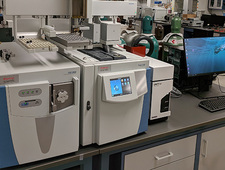
Materials Characterization Facility (https://mcf.nd.edu/)
The Materials Characterization Facility (MCF) provides world-class equipment and instrumentation to support scientific advancements and the characterization and synthesis of any new materials. The following characterization capabilities are available: surface, crystallographic, spectroscopic, thermal, electrochemical, trace molecule detection, rheometric, dynamic mechanical testing, and tribology.
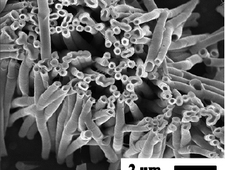
Notre Dame Integrated Imaging Facility (https://imaging.nd.edu/)
The Notre Dame Integrated Imaging Facility provides an integrated suite of sophisticated microscopes and imaging stations that enable expert users to attack the most complex modern research problems and, equally important, resident professional staff, including technicians and research specialists, to guide the non-expert users. The facility has instrumentation and expertise in electron microscopy, including scanning electron and transmission electron microscopes, and optical microscopy to support materials development through characterization.
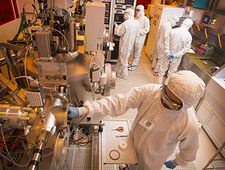
Notre Dame Nanofabrication Facility (https://nanofabrication.nd.edu/)
Located in the Stinson-Remick Hall of Engineering, the Notre Dame Nanofabrication Facility is a 9,000 sq. ft. clean room containing processing tools for fabrication of nano and microelectronic devices, integrated circuits, optoelectronic and nanomagnetic devices, microfluidic devices and sensors, and a wide variety of nanostructures and engineered surfaces for research.
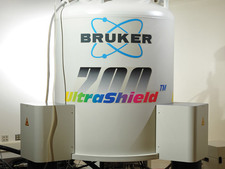
Magnetic Resonance Research Center (https://nmr.nd.edu/)
The Magnetic Resonance Research Center supports Notre Dame research in chemistry, biochemistry, molecular biology, and related fields. The Center operates eight different nuclear magnetic resonance spectrometers for liquids analysis ranging in magnetic field strength from 7 to 18.8 Tesla.
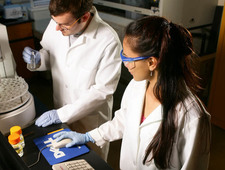
Center for Environmental Science & Technology (https://cest.nd.edu/)
The Center for Environmental Science and Technology (CEST) is a shared asset facility. While the Center's primary focus is on providing instrumentation for graduate students to complete the research necessary in attaining their degrees, CEST is accessible to all University of Notre Dame community members, their collaborators, and visiting researchers. The CEST lab provides capabilities in chromatography, carbon analysis, elemental analysis, particle characterization, and stable isotope analysis.
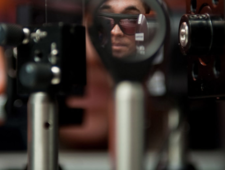
Engineering & Design Core Facility (https://edcf.nd.edu/)
The Engineering & Design Core Facility (EDCF) is a centralized group of highly skilled, on-campus engineers who work closely with faculty and staff on research projects across a wide range of disciplines. The EDCF offers extensive experience in the development of custom hardware and equipment. From consultation to detailed design work to rapid prototyping and testing, EDCF employees facilitate the process of going from concept to construction by providing professional engineering support for researchers wanting to develop cutting-edge technologies.
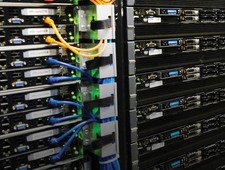
Center for Research Computing (https://crc.nd.edu/)
The CRC houses three complementary resources: the High Performance Computing section, providing over 25,000 cores of computational power with the associated support infrastructure for both hardware and installed software; the Cyberinfrastructure section, empowering faculty and industry partners to develop research environments that support advanced data and information processing services, including acquisition, storage, management, integration, mining and visualization of data; and the Research Development group, cultivating better, more sustainable software to enable world-class research.